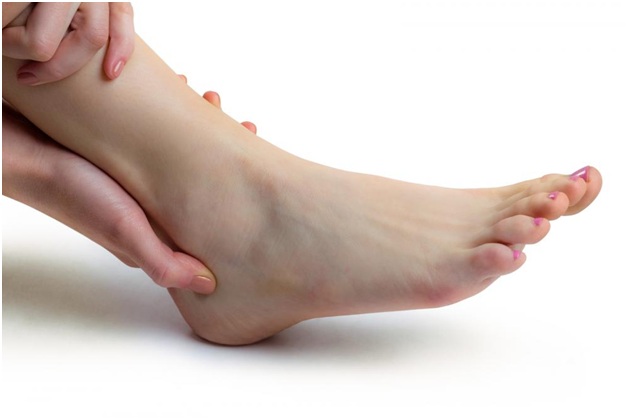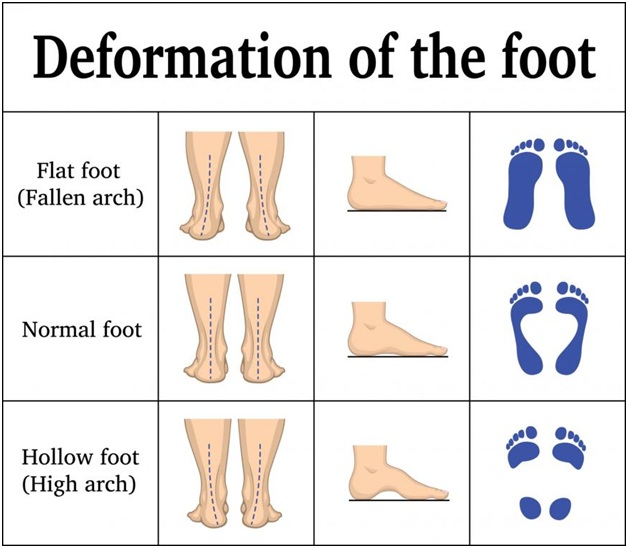
Causes and Symptoms of Flat Feet
The upward curve in the middle of your feet is called an arch while tendons are tight bands that attach the foot bones and heels. Stretched out tendons result in the formation of little or no arch — causing flat feet.
The collapsed arch of the foot (also called fallen arch) is a deformity that is either acquired (develops gradually as a result of injury or age) or congenital (occurs at the time of birth). Studies show that approximately 8 million adults in the U.S have fallen arches.
Here’s what you need to know about flat feet:
Causes
Since arches develop gradually throughout childhood, flat feet are normal in infants and toddlers. However, some people never develop them. Therefore, flat feet are a common variation in foot type and people may or may not experience associated problems.
In some cases, children have what we call a flexible flat foot — the arch isn’t visible when the child stands, but appears when they’re standing on tip toes or sitting. Plus, children often outgrow flat feet without complications.
Another cause of falling arches is wear over a long period which weakens and stretches out the tendons that support the arch and run inside the ankle.
Rheumatoid arthritis, dislocated bones, nerve problems and inflammation of posterior tibial tendon (PTT) can be some other causes of developing flat feet.
Risk factors
Here’s a list of risk factors involved in developing adult-acquired flat foot:
- Unequal leg length: Some people have one leg longer than the other which forces the longer limb to cause flat-footedness by flattening the arch.
- Pregnancy: Elastin production is increased during the pregnancy, increasing the elasticity of the connective tissues — mainly the tendons —causing temporary or permanent flat foot.
- Diabetes: Diabetes and can affect the blood flow to the connective tissues and muscles of the foot, resulting in flat foot.
Symptoms
Quite often people notice no problems and don’t require any invasive treatments to correct their flat feet deformity. However, here are some symptoms of flat feet that people do experience:
- Foot pain specifically in the arches or heels area
- Standing on toes and relative foot movement becomes difficult
- The inside of the ankles feel swelled
- Feet tire easily or consistent back and leg pain
We offer non-invasive treatments and surgical procedures to repair painful conditions pertaining to the foot and ankle — including repairing flat feet, bunion and hammertoe deformities arising from lower spine, knees or hips. Our Certified podiatric physicians also provide stem cells therapy for ankle and foot injuries. Contact our foot ankle institute in Miami today!
